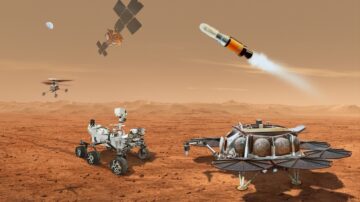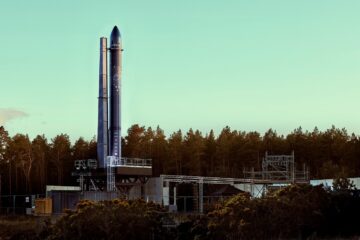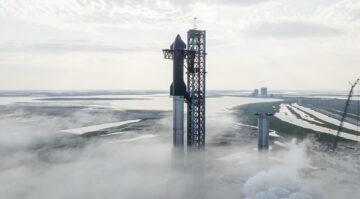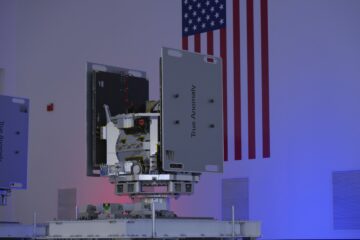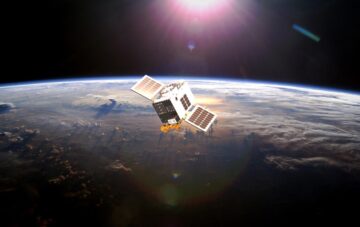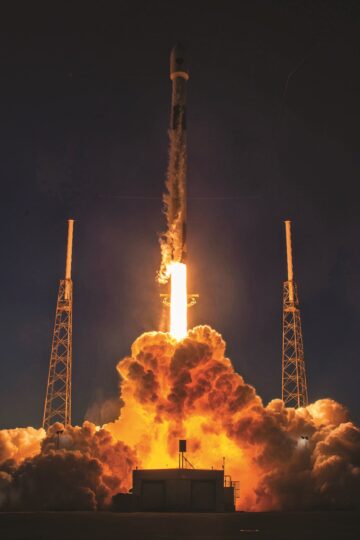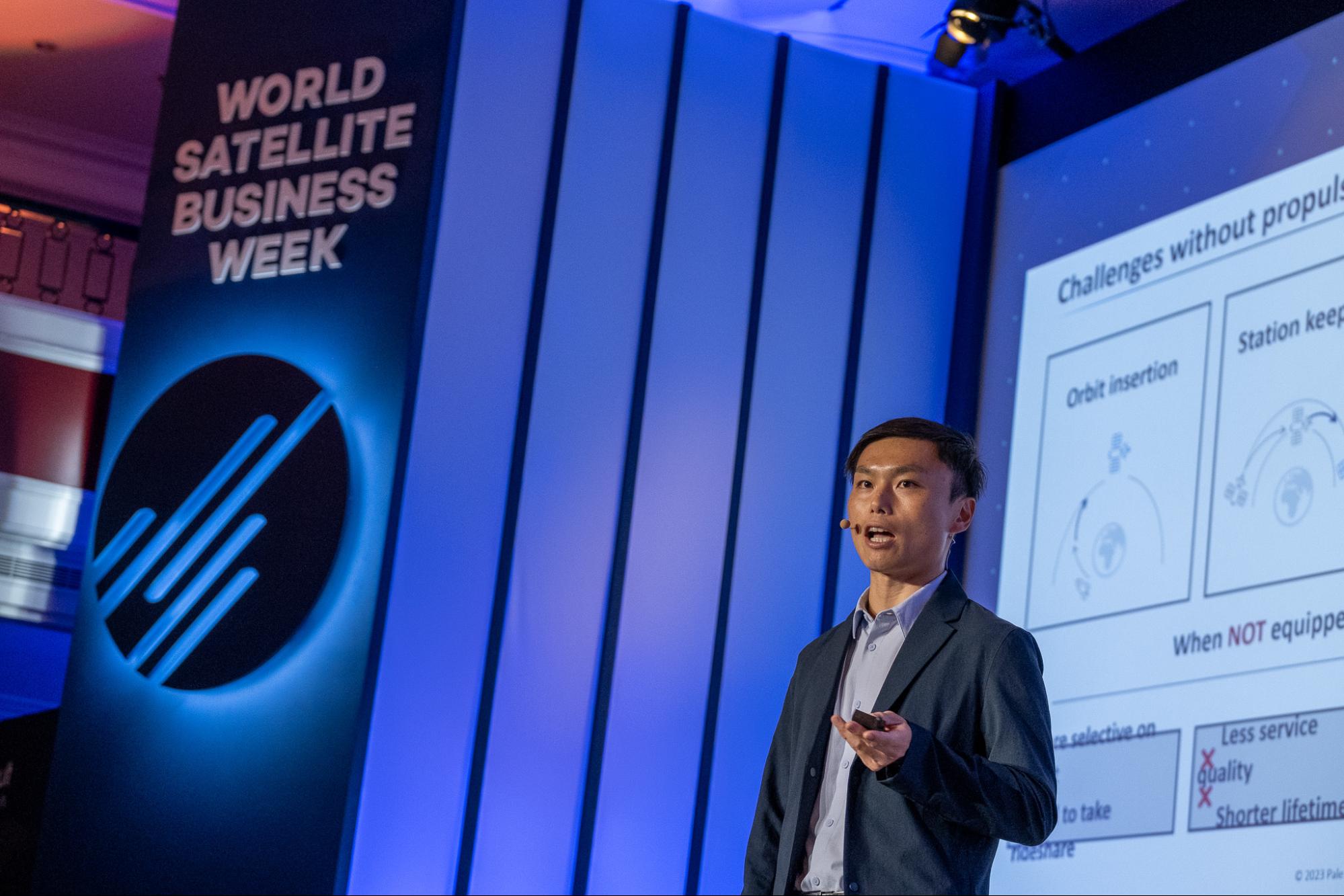
TAMPA, Fla. — Japanese small satellite thruster developer Pale Blue has raised $7.5 million to establish a mass production facility for its water vapor propulsion systems.
The financing comprises loans and a recently closed Series B round backed by existing investors, Mitsui Sumitomo Insurance Venture Capital and Incubate Fund, the three-year-old University of Tokyo spin-off said Oct. 4
NEDO, a national research and development agency in Japan, has also awarded Pale Blue a grant to research ways to mass produce its technology, covering the development of manufacturing and inspection machines.
Pale Blue said it successfully demonstrated its Resistojet thruster for the first time in March on a Sony Corp. Star Sphere satellite that launched in January on SpaceX’s Transporter 6 rideshare mission. Star Sphere is a 6U cubesat built by the University of Tokyo around a full-frame Sony camera optimized for photography rather than science or mapping.
Setting up a mass production facility would enable Pale Blue to reduce costs and accelerate manufacturing for potential customers it sees in the United States, Europe, and Asia.
“The realization of a propulsion system for small satellites that uses water as a propellant will contribute to the sustainable development of the space industry,” Pale Blue CEO and co-founder Jun Asakawa said.
He said the venture aims to launch mass production within a few years but is still deciding on the location of the facility and its production capacity.
Pale Blue is currently headquartered in Chiba, near Tokyo, and expects to obtain more venture funding from a second phase of the Series B round this fall.
The venture, which raised $4.1 million in a Series A round in 2021, did not give further details about the Series B or its ambitions for mass production.
In addition Resistojet, Pale Blue is also developing an Ion Hall-effect thruster that it expects to reach orbit for the first time by 2025.
The venture raised $4.1 million in a Series A round in 2021.
- SEO Powered Content & PR Distribution. Get Amplified Today.
- PlatoData.Network Vertical Generative Ai. Empower Yourself. Access Here.
- PlatoAiStream. Web3 Intelligence. Knowledge Amplified. Access Here.
- PlatoESG. Carbon, CleanTech, Energy, Environment, Solar, Waste Management. Access Here.
- PlatoHealth. Biotech and Clinical Trials Intelligence. Access Here.
- Source: https://spacenews.com/pale-blue-raises-7-5-million-to-mass-produce-water-vapor-thrusters/
- :has
- :is
- :not
- $UP
- 1
- 2021
- 2025
- a
- About
- accelerate
- addition
- agency
- aims
- also
- ambitions
- an
- and
- around
- AS
- asia
- awarded
- b
- backed
- Blue
- built
- but
- by
- camera
- Capacity
- capital
- ceo
- closed
- Co-founder
- comprises
- contribute
- Corp
- Costs
- covering
- Currently
- Deciding
- demonstrated
- details
- Developer
- developing
- Development
- DID
- enable
- establish
- Europe
- existing
- expects
- Facility
- Fall
- few
- financing
- First
- first time
- For
- from
- fund
- funding
- further
- Give
- grant
- headquartered
- HTTPS
- in
- industry
- insurance
- Investors
- IT
- ITS
- January
- Japan
- Japanese
- jpg
- launch
- launched
- Loans
- location
- Machines
- manufacturing
- mapping
- March
- Mass
- million
- Mission
- more
- National
- Near
- obtain
- Oct
- of
- on
- optimized
- or
- Orbit
- phase
- photography
- plato
- Plato Data Intelligence
- PlatoData
- potential
- produce
- Production
- propulsion
- raised
- raises
- rather
- reach
- realization
- recently
- research
- research and development
- round
- Said
- satellite
- satellites
- Science
- Second
- sees
- Series
- Series A
- series a round
- Series B
- small
- Sony
- Space
- space industry
- Star
- States
- Still
- Successfully
- sustainable
- Sustainable Development
- system
- Systems
- Technology
- than
- that
- The
- this
- time
- to
- tokyo
- United
- United States
- university
- University of Tokyo
- uses
- venture
- venture capital
- venture-funding
- Water
- ways
- which
- will
- within
- would
- years
- zephyrnet

